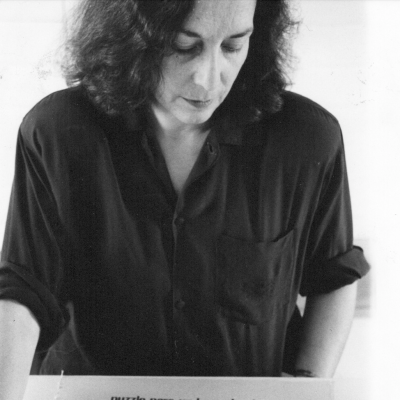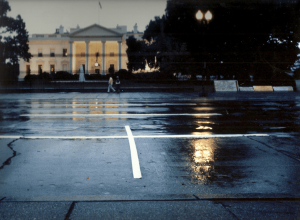Lotty Rosenfeld
1943, Santiago de Chile

In 1963, she entered the School of Applied Arts at the University of Chile. In the 70s, she focused primarily on printmaking. 1977 marked a turning point in her work; Chile was entrenched in a military dictatorship, so she had to redefine her role as an artist. In 1979, alongside the artists Diamela Eltit, Raúl Zurita, Juan Castillo and Fernando Balcells, she co-founded CADA (Colectivo Acciones de Arte). It was at this point she also began creating her pavement pieces, a practice she carried out continuously for over forty years. She was the first woman to use video in Chile, producing video art pieces, fiction, video installations, and sound installations. She participated in various events, including the FIRST TOKYO INTERNATIONAL VIDEO, 5th ISTANBUL BIENNIAL, DOCUMENTA 12, 29th SAO PAULO BIENNIAL, 56th VENICE BIENNALE, and the RADICAL WOMEN exhibition curated by Andrea Giunta and Cecilia Fajardo-Hill. Lotty Rosenfeld’s work is held in prominent collections and museums such as MNBA (Santiago, Chile), MoMA (NYC), Tate Modern (London, England), Museo Nacional Centro Reina Sofía (Madrid, Spain), MALBA (Buenos Aires, Argentina), Stedelijk Museum (Amsterdam, Netherlands), and Guggenheim Museum (NYC and Abu Dhabi).
Related pages
